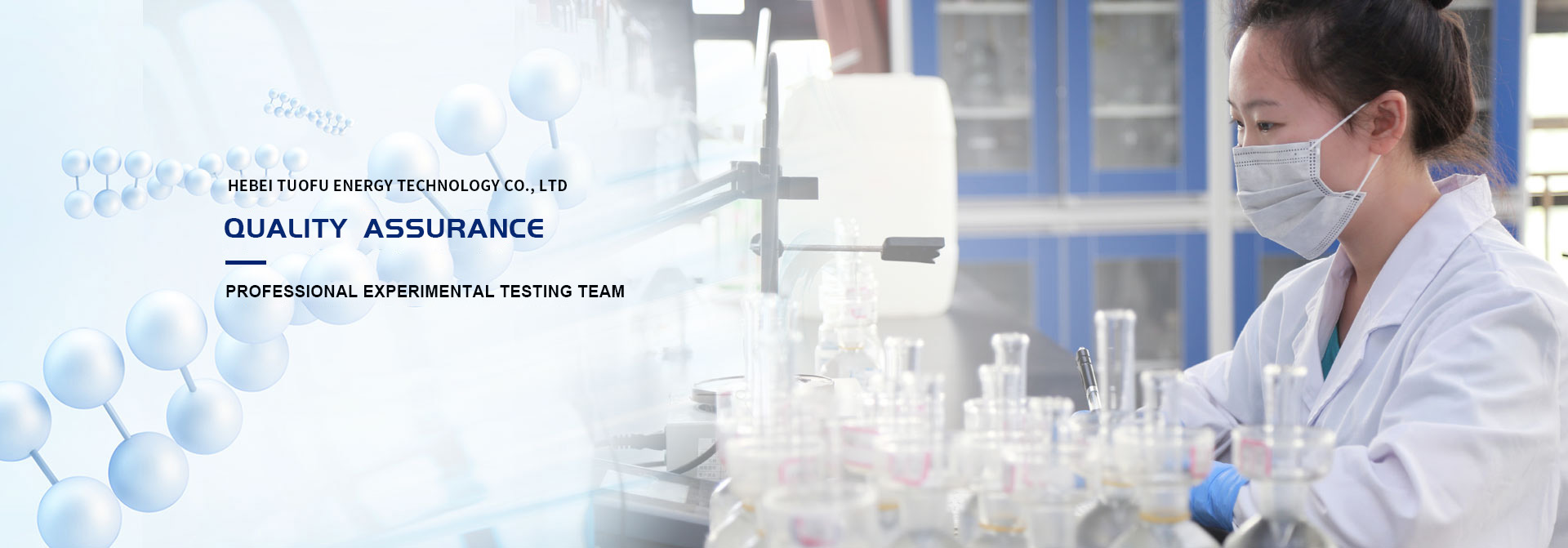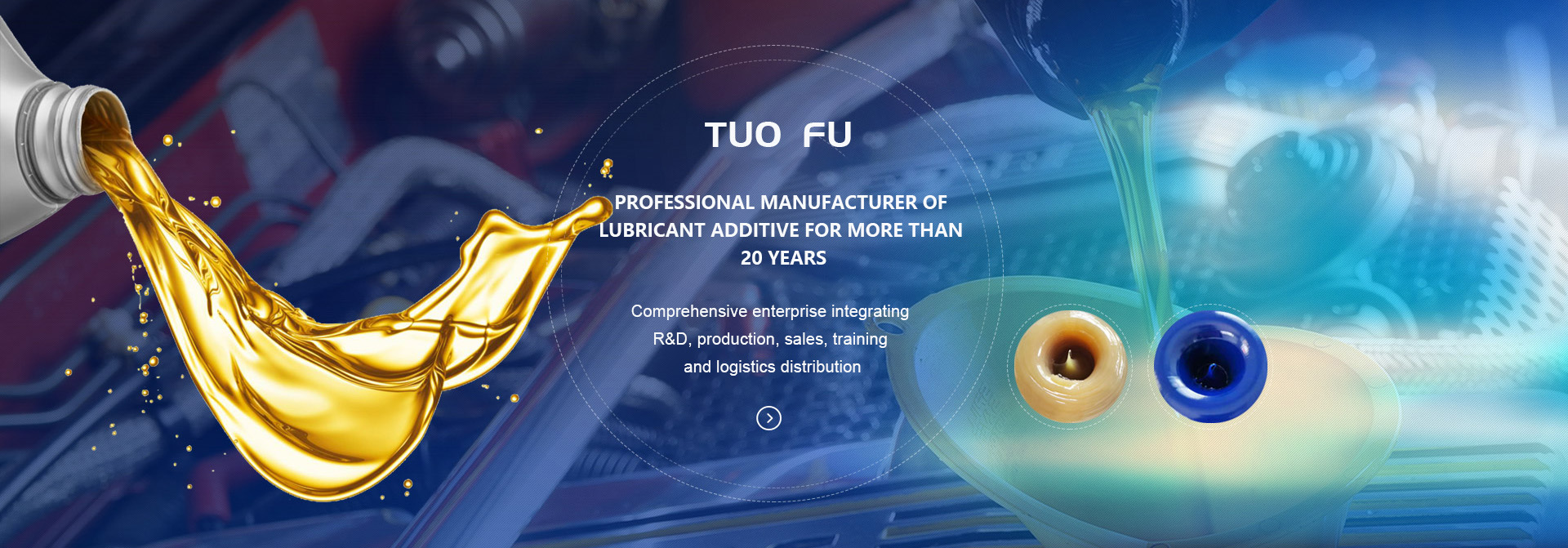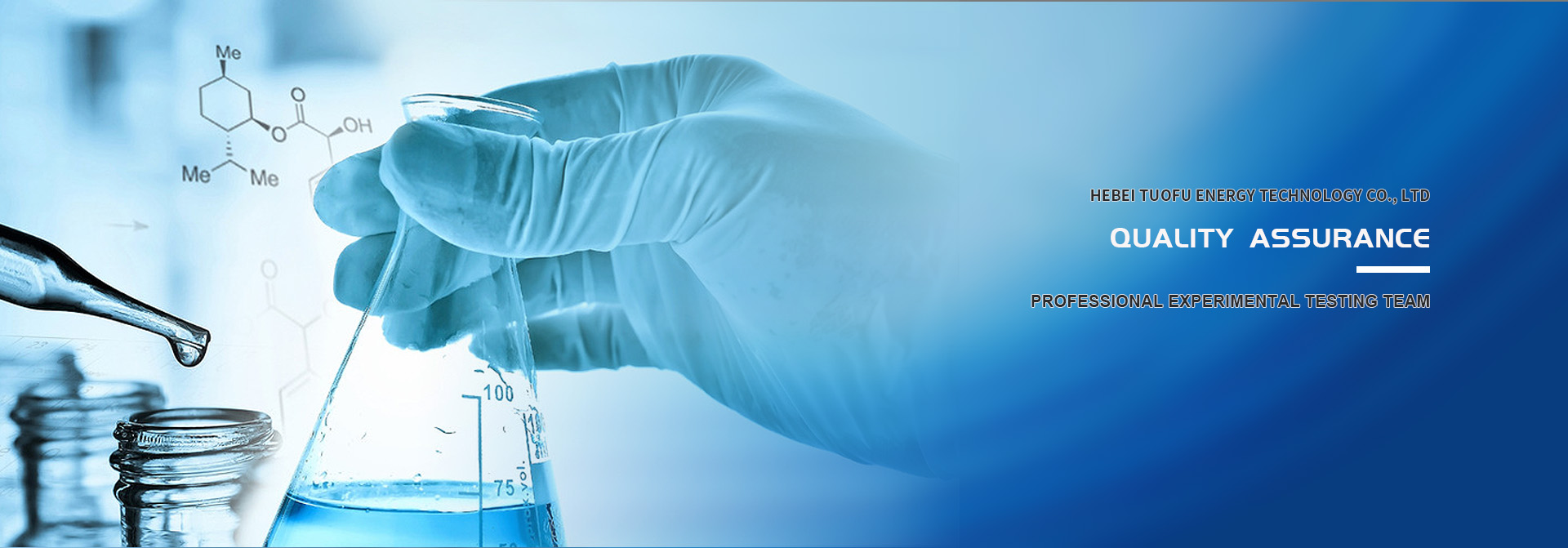n-dodecathiol
[Return]Hebei Tuofu Engry Technology Co., Ltd.
Product name: n-dodecathiol
National standard number: 61591 Molecular weight: 202.40
CAS number: 112-55-0 Molecular formula C12H26S; CH3 (CH 2) 10 CH 2 SH
EIECS number: 203-984-1 Appearance: a colorless or pale yellow liquid
physical property Steam pressure: 2.00 kPa / 142℃.
Melting point: -7℃. Hydrophobicity: the contact angle of a single pure uniform film and water reaches 150°.
Boiling point: 266~283℃,165-169℃(5.19kPa), 142-145℃ (2 kPa). Relative density: (water =1) 0.8450 (20 / 20℃); (air =1) 7.0.
Rejection rate: 1.4589. Flash point: 87℃.
Stability: It is stable. Hazard mark: 14 (with drugs), 7 (flammable liquid).
Solubility: soluble in methanol, ethyl ether, acetone, benzene, ethyl acetate, insoluble in water.
chemical property
Open flame is combustible; high heat decomposition releases sulfur oxide gas.
lining-up
It can be synthesized in the laboratory as follows. A mixture of 125g of bromododecane, 38g of thiourea, and 250 ml of 95% ethanol was heated and refluxed for 3h. After 30g of sodium hydroxide and 300ml of water were added, the mixture was returned for another 2h. The divided oil layer, namely crude thiol, was acidified and extracted with benzene. The extract is combined with crude thiol, washed with water, then dried with anhydrous sodium sulfate, steamed and distilled under reduced pressure, and collected 165-169℃(5.19kPa) fraction is the product. About 80-84g, the yield of about 80%.
Applications and purposes
1. used as polymerization regulator for synthetic rubber, synthetic fiber and synthetic resin; also used in the production of PVC stabilizer, drugs, pesticides, fungicides, and decontamination agent, etc.
2, used in rubber, plastics and pharmaceutical industry
3, are used as relative molecular mass regulators of polymeric compounds
4, which is used as a modifier of the hydrophobic surfaces
environment effects
The substance is harmful to the environment, so attention should be paid to the pollution of the water environment and the aquifer.
1. health hazard
Invasive approach: inhalation, feeding.
Health hazard: Steam or fog is irritating to the nose and throat. High concentration of inhalation cause headache, nausea, vomiting, and even coma. Extremely high concentration or prolonged inhalation can cause confusion or even death. Fluid or fog is irritating to the eyes. Extensive oral intake causes headache, nausea, vomiting, and loss of consciousness.
Chronic effects: Repeated exposure can cause asthma. Long-term and repeated contact can cause dermatitis.
2. Toxicological data and environmental behavior
Acute toxicity: LD502000mg / kg (rabbit percutaneous)
Hazardous characteristics: burning in an open flame. Toxic sulfide flue gas is produced by high thermal decomposition.
Combustion (decomposition) products: carbon monoxide, carbon dioxide, hydrogen sulfide, sulfide.
monitor
Determination in air: After using organic solvent, silver nitrate titration conductivity.
The highest allowable concentration of hazardous substances in the air of the former Soviet Union was 5 mg/m3
security information
The R11 is highly flammable.
The R38 stimulates the skin.
S16 Keep away from the fire source.
S37 Wear appropriate gloves.
Emergency treatment of leakage
Quickly evacuate people from the contaminated area to the safe area, and strictly restrict access. Cut off the fire source. It is recommended that emergency handling personnel wear self-contained positive pressure respirators and fire protective clothing. Do not make direct contact with the leak. Cut off the leakage source as far as possible to prevent entering the sewer, drainage ditch and other restrictive space. Small leakage: Absorbed with activated carbon or other inert material. Mass leakage: build embankment or pit shelter; cover with foam to reduce steam hazards. Transfer to the tanker or special collector, recycle or transport to the waste disposal site for disposal.
preventive measure
Respiratory system protection: Wear a self-suction filter gas mask (half mask) when contacting its vapor. Wear a self-contained breathing apparatus for emergency rescue or evacuation.
Eye protection: Wear chemical safety protection glasses.
Body protection: penetrating gas type gas protective clothing.
Hand protection: wear anti-chemical gloves.
Others: No smoking, eating and drinking water at the work site. After your work, take a bath and change your clothes. Store clothing contaminated with poison alone. Wash the reserve with. Pay attention to personal hygiene.
emergency treatment
Skin contact: immediately remove the contaminated clothes and rinse the skin thoroughly with soapy water and water.
Eye contact: Lift the eyelids, rinse with running water or normal saline, and seek medical attention.
Inhalation: quickly leave the site to the fresh air. Keep the respiratory tract unobstructed. If breathing is difficult, give oxygen. If breathing stops, perform artificial respiration immediately.seek medical advice.
Eat in: drink enough warm water, urge vomiting, and seek medical treatment.























